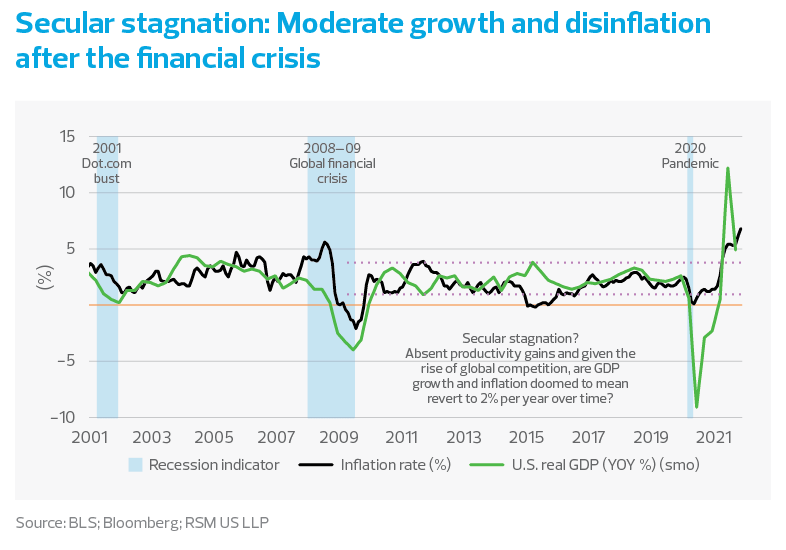Sustaining Economic Balance: Inflation Rate Stability

Navigating Economic Waters: Sustaining Inflation Rate Stability
In the realm of economics, maintaining a stable inflation rate is a fundamental objective for policymakers and businesses. This article delves into the significance of inflation rate stability, exploring the benefits it brings to economic landscapes and the strategies employed to achieve this delicate equilibrium.
The Essence of Inflation Rate Stability
Inflation rate stability is characterized by a consistent and moderate increase in the general price level of goods and services over time. Striking the right balance is crucial, as excessively high inflation erodes purchasing power, while very low or negative inflation can hinder economic growth. Stability fosters predictability, creating an environment conducive to sound economic decision-making.
Economic Predictability for Businesses and Consumers
A stable inflation rate provides businesses and consumers with a level of predictability that is essential for planning and decision-making. When prices remain relatively steady, businesses can set prices, make investments, and plan for the future with greater confidence. Consumers, in turn, can make informed financial decisions, enhancing overall economic stability.
Monetary Policy: A Key Instrument for Stability
Central banks play a central role in achieving and maintaining inflation rate stability. Through the implementation of monetary policy tools, such as interest rate adjustments and open market operations, central banks aim to influence the money supply and control inflation. This proactive approach helps prevent the economy from experiencing extreme fluctuations.
Inflation Targeting: A Guiding Principle
In many economies, central banks adopt inflation targeting as a guiding principle. This involves setting a specific inflation target, often expressed as a percentage, and using monetary policy to keep inflation close to this target. Inflation targeting provides a clear framework for policymakers and enhances communication with the public.
Benefits for Investors: Certainty in Financial Markets
Inflation rate stability is particularly advantageous for investors. Financial markets thrive on certainty, and a stable inflation environment reduces uncertainty. Investors can make more accurate assessments of risk and return, leading to better-informed investment decisions. This stability attracts both domestic and foreign investments, contributing to economic growth.
Employment and Wage Stability
A stable inflation rate is conducive to employment and wage stability. Businesses are more likely to hire and invest in their workforce when they can anticipate stable operating costs. Additionally, employees benefit from knowing that their purchasing power and real wages are less likely to be eroded by abrupt inflationary spikes.
Challenges in Achieving Stability
While stability is an ideal scenario, achieving and maintaining inflation rate stability is not without challenges. External factors such as global economic events, supply chain disruptions, and unexpected shocks can pose challenges to stability. Flexibility and adaptability in monetary policy become crucial in navigating these uncertainties.
Communication and Transparency
Central to maintaining inflation rate stability is effective communication and transparency. Central banks regularly communicate their inflation targets, policy decisions, and economic outlooks to the public. This transparency fosters trust, enhances predictability, and allows businesses and individuals to align their expectations with monetary policy objectives.
International Cooperation in a Globalized World
In our interconnected
